MARLINTON, W.Va. — Located entirely within the Appalachian Mountains, West Virginia includes some of the darkest regions of the night sky in the eastern U.S.
While regions near its largest cities may be bright enough to wash out many stars, residents of more than 50 percent of the state enjoy star-spangled nights.
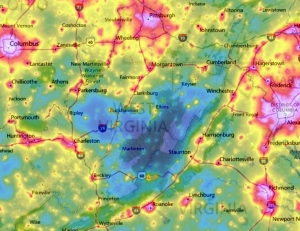
Where are the skies the darkest and the stars most brilliant? Based on dark-sky data, the most significant areas of dark skies in West Virginia occur where populations are lowest or are least concentrated and where mountain walls shut out light from cities and light sources such as surface mines and gas wells.
Thus, the largest dark sky areas occur over the hills of northwestern West Virginia and the Allegheny Mountains of the southern, eastern, and northeastern states. The darkest reaches of skies open over its highest and most remote mountain regions.
Northwestern West Virginia
In the north-western state, a large dark sky area is located over Calhoun County, at its center, in the valley of the Little Kanawha River.
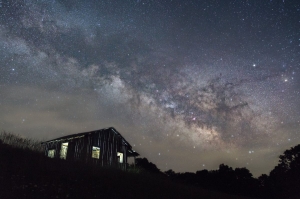
This region includes large parts of Clay, Wirt, Roane, Ritchie, Gilmer, Lewis, and Braxton counties. Two very dark areas within that region are in remote areas in southern Ritchie County between Auburn and Smithville and the forests north of Rosedale in southern Gilmer County.
Other notable dark areas in the northeastern state are found among the remote ridgetops in Tyler, Wetzel, and Doddridge counties.
The Allegheny Mountains
The state's most brilliant night skies arc across the Allegheny Mountains of the eastern state. Remote peaks and vast national forest areas sink into darkness otherwise known only over the vast Atlantic Ocean.
No artificial light is produced across much of the area, particularly over vast wilderness areas in the Monongahela and Washington & Jefferson national forests.
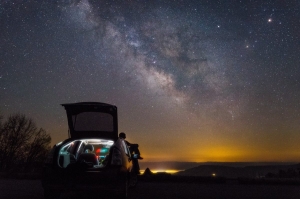
By county, this region includes all or parts of Monroe, Summers, Greenbrier, Nicholas, Pocahontas, Webster, Braxton, Upshur, Randolph, Tucker, Preston, Pendleton, Grant, Hardy, and Hampshire.
The darkest skies in the state open over remote mountain areas within this large region. The largest deep, dark area is in the Yew Mountains north of Cranberry Glades.
Another is located above Allegheny Mountain on the Virginia border northeast of Frost. Another opens over the high Alleghenies north of Monterrey, Va., and south of Circleville and Spruce Knob, the highest point in West Virginia.
Eastern Panhandle
The Eastern Panhandle west of the Shenandoah Valley includes some of the darkest areas in the state, especially in its most mountainous areas in the west.
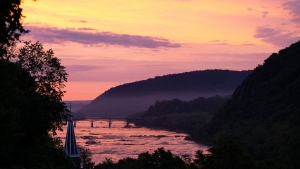
The more populous Shenandoah Valley near Martinsburg, West Virginia, is part of the Washington, D.C., metropolitan area and is not as conducive to star-gazing. Still, the panhandle west of Cacapon Mountain and Shenandoah Mountain can grow very dark.
Counties in the panhandle with darker skies include Hampshire, Hardy, Mineral, and Grant.
Southwestern Coalfields
Though not designated in light pollution maps, the rugged mountains of southwestern West Virginia include many deep valleys in which light pollution is severely limited.
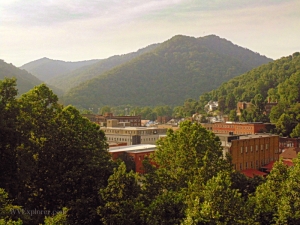
While the region is home to many small towns, their location in narrow hollows limits the spread of their light, so much of the region enjoys darker skies than are reported. Counties in this area include Boone, Lincoln, Logan, Mingo, Wayne, and Wyoming.
Read also: West Virginia becoming a premier East Coast sky-watching destination
Sign up to receive a FREE copy of West Virginia Explorer Magazine in your email twice weekly. Sign me up!


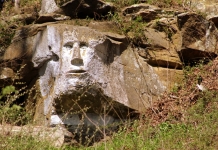


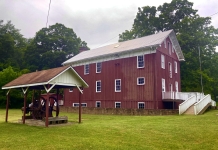
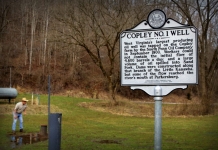

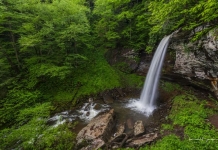




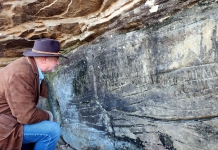
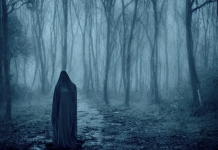
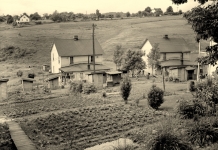
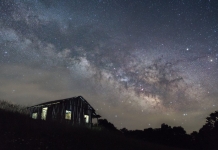





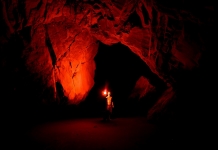


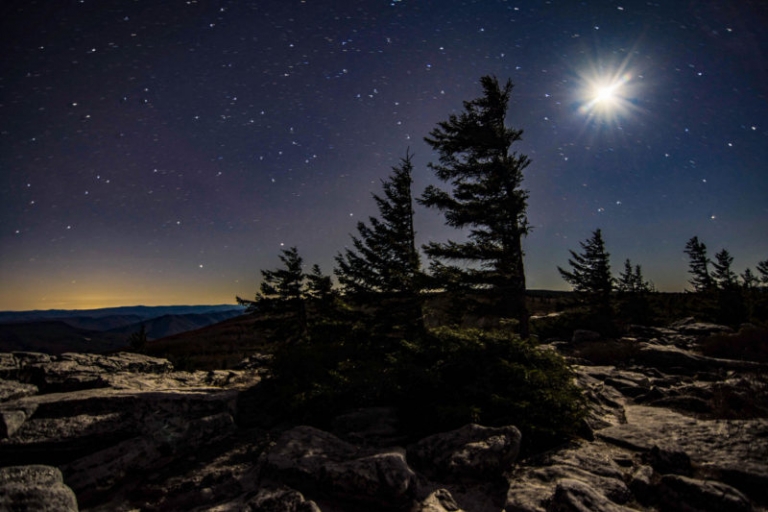






Facebook Comments